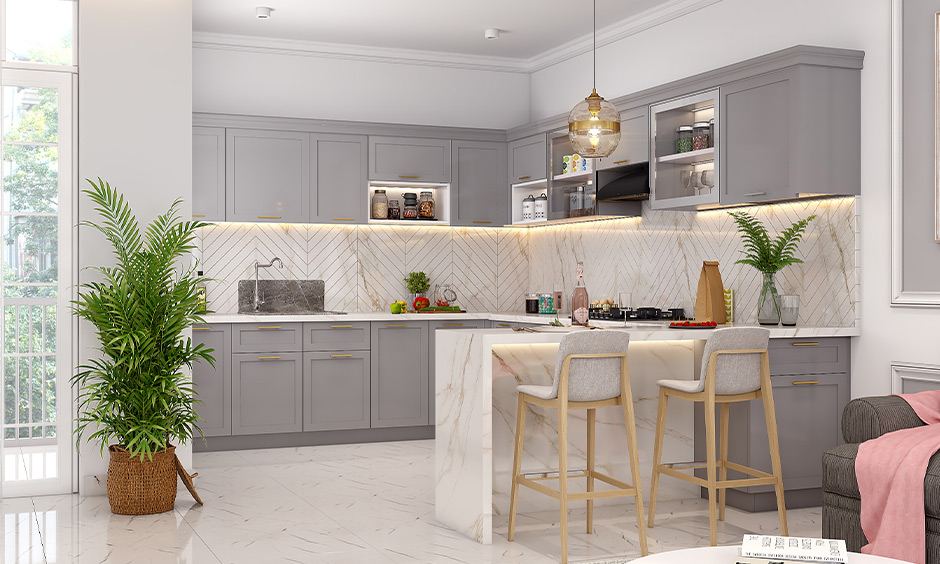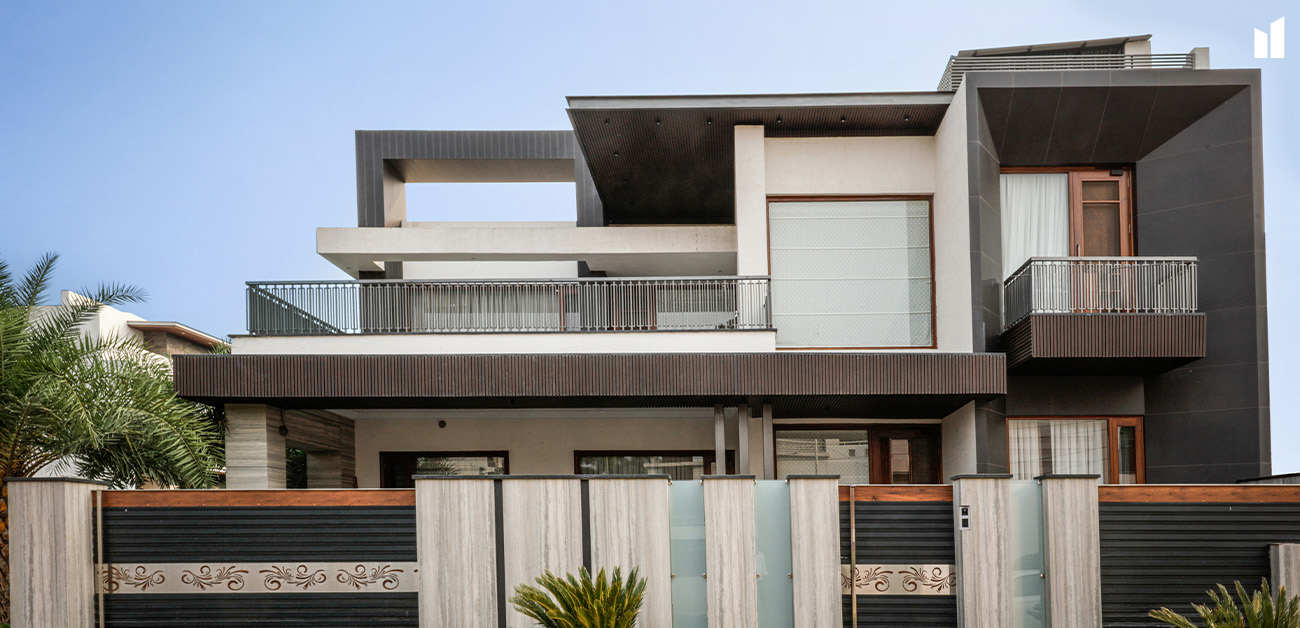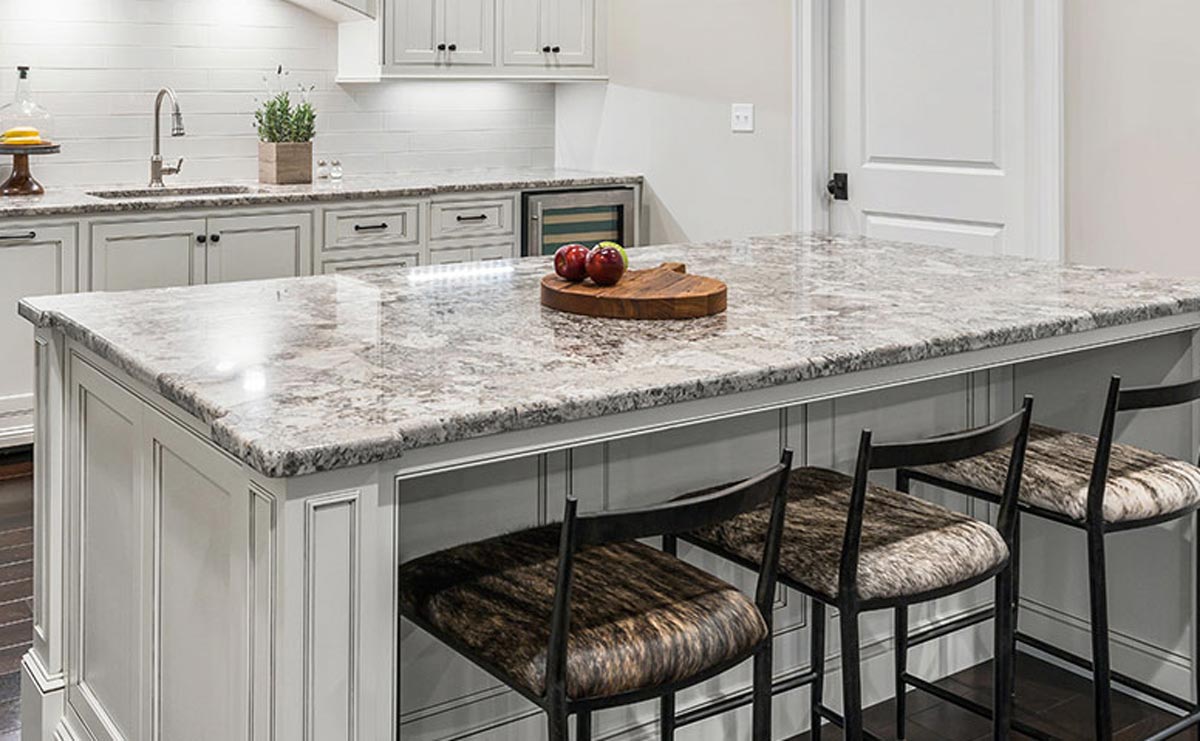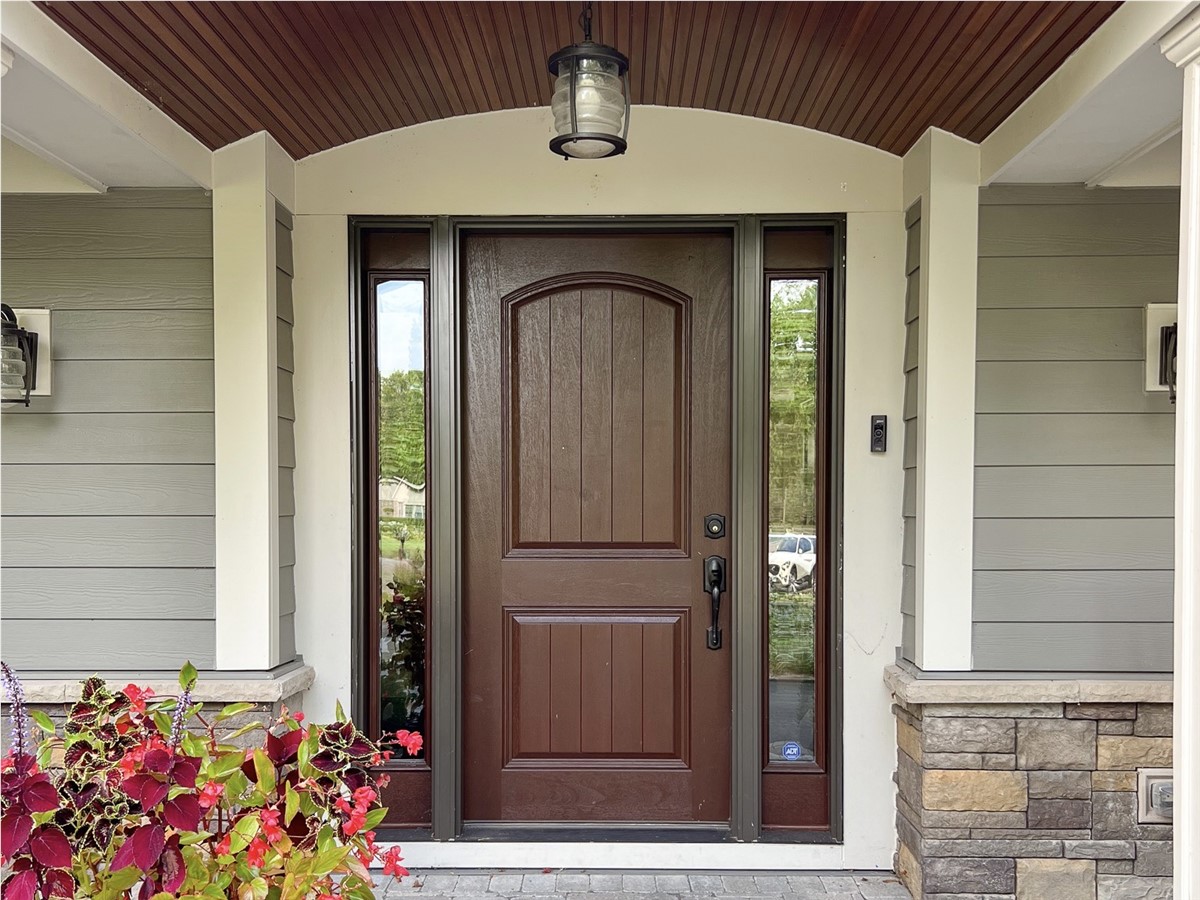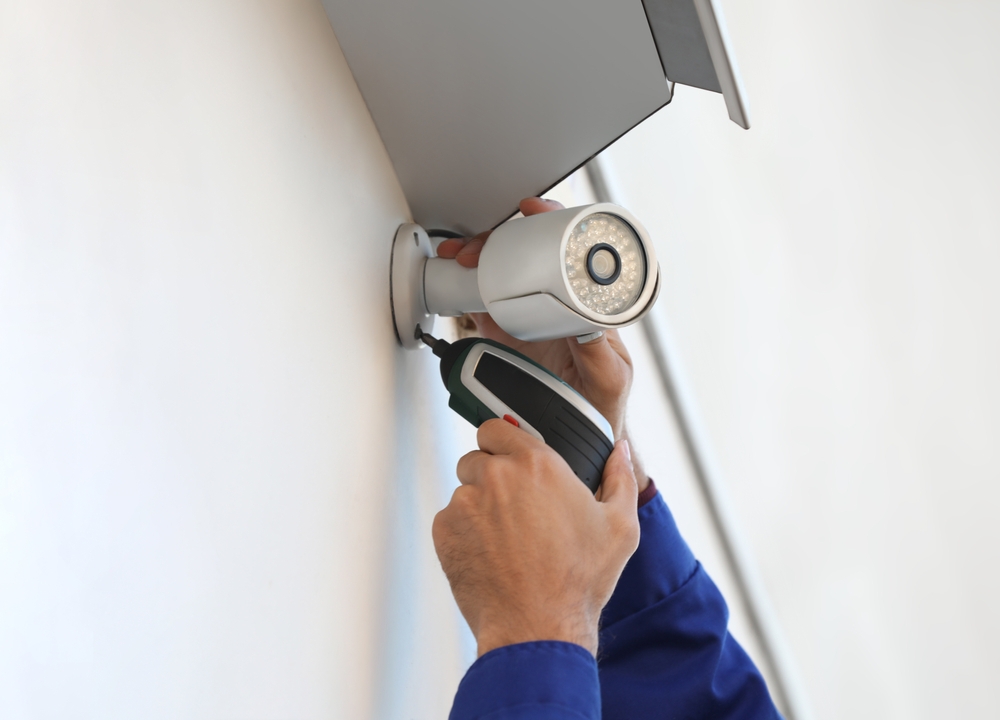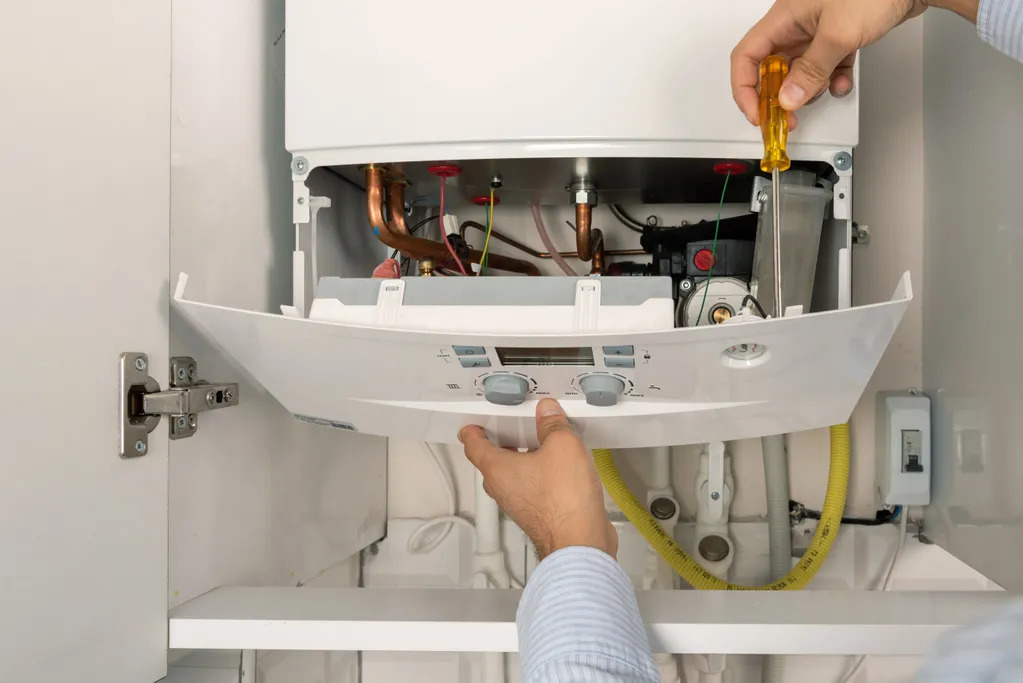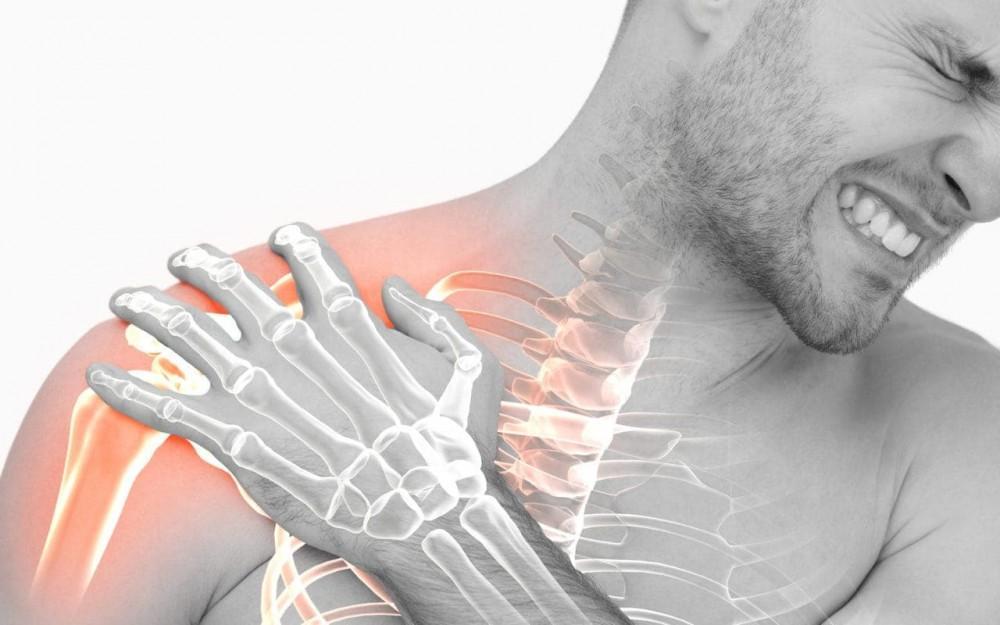Creating a kitchen that’s both beautiful and functional is the dream of many homeowners. The integration of ergonomic design into custom kitchens ensures that this dream becomes a reality. Handmade kitchens in Shrewsbury are not just about aesthetics; they are meticulously crafted to provide maximum comfort and efficiency. Ergonomics plays a crucial role in achieving this balance. Let’s explore the top five benefits of ergonomic design in custom kitchens.
- Enhanced Efficiency and Workflow
Ergonomically designed kitchens are crafted with the workflow of the user in mind. The strategic placement of appliances, work surfaces, and storage areas reduces the need for unnecessary movement, making the cooking process smoother and more enjoyable.
For instance, the kitchen work triangle, which includes the sink, stove, and refrigerator, is a classic example of ergonomic design. By ensuring these three elements are within easy reach, the time and effort required to prepare meals are significantly reduced. Additionally, well-placed cabinets and drawers allow for easy access to utensils and ingredients, further streamlining the cooking process.
Efficiency isn’t just about saving time; it’s also about reducing physical strain. Custom kitchens designed with ergonomics in mind help minimise bending, reaching, and twisting, which can lead to discomfort or even injury over time. This thoughtful approach ensures that the kitchen remains a comfortable and safe space for everyone.
- Increased Comfort and Safety
Comfort is a key component of ergonomic design. By tailoring the kitchen layout to suit the specific needs and habits of the user, it’s possible to create a space that feels intuitive and pleasant to work in. For example, adjustable countertops can be set to the ideal height for the primary cook, reducing the strain on their back and shoulders.
Safety is another crucial benefit. Ergonomically designed kitchens often feature non-slip flooring, rounded edges on countertops, and strategically placed lighting to prevent accidents. These elements are particularly important in a space where sharp tools, hot surfaces, and slippery floors are common hazards.
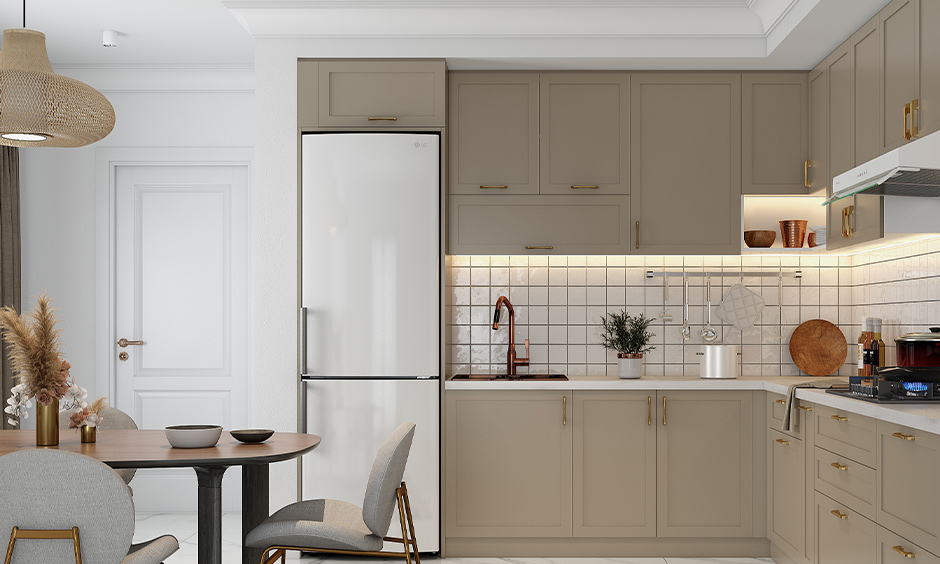
Proper lighting plays a significant role in enhancing both comfort and safety. Well-lit work areas prevent eye strain and make it easier to see what you’re doing, reducing the likelihood of accidents. Customising the lighting to suit your needs ensures that the kitchen is a safe and enjoyable place to cook and socialise.
- Optimised Space Utilisation
One of the standout benefits of ergonomic design is the efficient use of space. Custom kitchens are tailored to fit the dimensions and layout of your home, ensuring that every inch is utilised effectively. This is particularly beneficial in smaller kitchens where space is at a premium.
Innovative storage solutions, such as pull-out shelves, corner cabinets, and vertical storage, are often incorporated into ergonomic designs. These features not only maximise storage capacity but also make it easier to organise and access kitchen items. As a result, your kitchen remains clutter-free and visually appealing.
In larger kitchens, ergonomic design can help create distinct zones for different activities, such as cooking, cleaning, and dining. This zoning approach ensures that each area is optimised for its specific purpose, making the kitchen more functional and enjoyable to use.
- Personalised Customisation
Ergonomic design is all about personalisation. Unlike standard kitchens, custom kitchens can be tailored to fit your unique preferences and lifestyle. This level of customisation ensures that your kitchen not only looks great but also works seamlessly for you and your family.
For example, if you enjoy baking, your kitchen can be designed with a dedicated baking station, complete with a lower countertop for rolling dough and specialised storage for baking tools and ingredients. Alternatively, if you love entertaining, your kitchen can feature an open-plan layout with a large island for serving and socialising.
Personalisation extends beyond layout and functionality. Custom kitchens allow you to choose materials, colours, and finishes that reflect your personal style. This attention to detail ensures that your kitchen is a true reflection of your taste and enhances the overall aesthetic of your home.
- Improved Health and Well-being
The benefits of ergonomic design extend beyond physical comfort to encompass mental well-being. A well-designed kitchen can reduce stress and make cooking a more enjoyable and relaxing activity. When everything is within easy reach and the kitchen is organised and clutter-free, it’s easier to focus on the task at hand and enjoy the process of preparing meals.
Additionally, ergonomic kitchens often promote healthier cooking habits. With ample counter space and easy access to fresh ingredients, you’re more likely to prepare healthy, home-cooked meals rather than opting for convenience foods. This shift towards healthier eating can have a positive impact on your overall well-being.
A kitchen that is comfortable and easy to use encourages more frequent cooking and family meals, which are linked to numerous health benefits. Spending time together in the kitchen can strengthen family bonds and create lasting memories, further enhancing your quality of life.
In summary, incorporating ergonomic design into custom kitchens offers numerous benefits, from enhanced efficiency and safety to personalised customisation and improved well-being. Whether you’re planning a complete kitchen remodel or simply looking to make a few updates, prioritising ergonomics can transform your kitchen into a space that’s not only beautiful but also functional and enjoyable to use.

